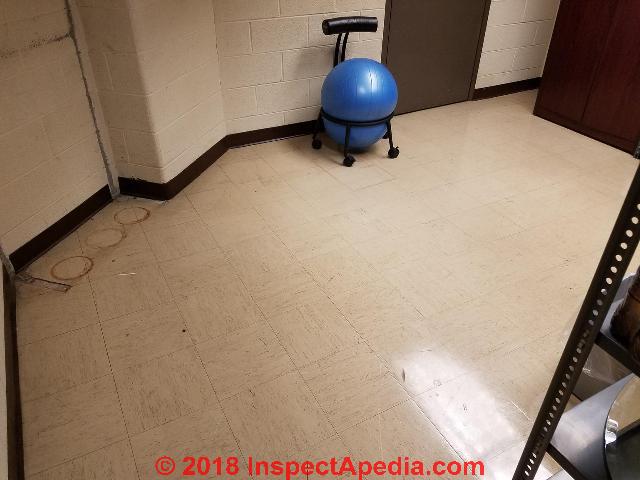One of the best ways to deal with asbestos tile is to leave it in place and cover it with new flooring.
Covering asbestos floor tiles with plywood.
You have lot of options when it comes to covering asbestos tiles and it only is a health risk when the floors asbestos particles come airborne.
Peel and stick adhesive vinyl tiles are particularly good when the floor is already fairly thick because they require no additional layer of adhesive to work.
When you remove that floor covering to make way for new flooring you may encounter the mastic and wonder whether it is safe to remove the main concern surrounding this question is that black mastic often contains asbestos.
It s usually found covered up underneath an existing floor most often being carpet or even under a layer of plywood.
The old tiles are relatively thin around 1 8 inch.
It really is up to you as long as the existing tiles are not disturbed in any way.
Vinyl tile can be adhered directly to asbestos tiles that are not loose or peeling and many vinyl tiles are thin enough that they will only slightly raise the height of the floor.
Resilient sheet flooring containing asbestos was also produced finding wide use as early as 1968.
Occasionally when a home is sold to a new buyer the existence of vinyl asbestos tile isn t always disclosed in the proper way that new rules and.
Armstrong produced the excelon tile series beginning with a plastic asbestos floor tile series in 1954 referring to the product as vinyl plastic asbestos floor tiles beginning in 1955 and vinyl asbestos tiles from 1957 to 1980.
Identifying asbestos floor tiles.
Often times the homeowner is unaware of the asbestos tile flooring at all.

